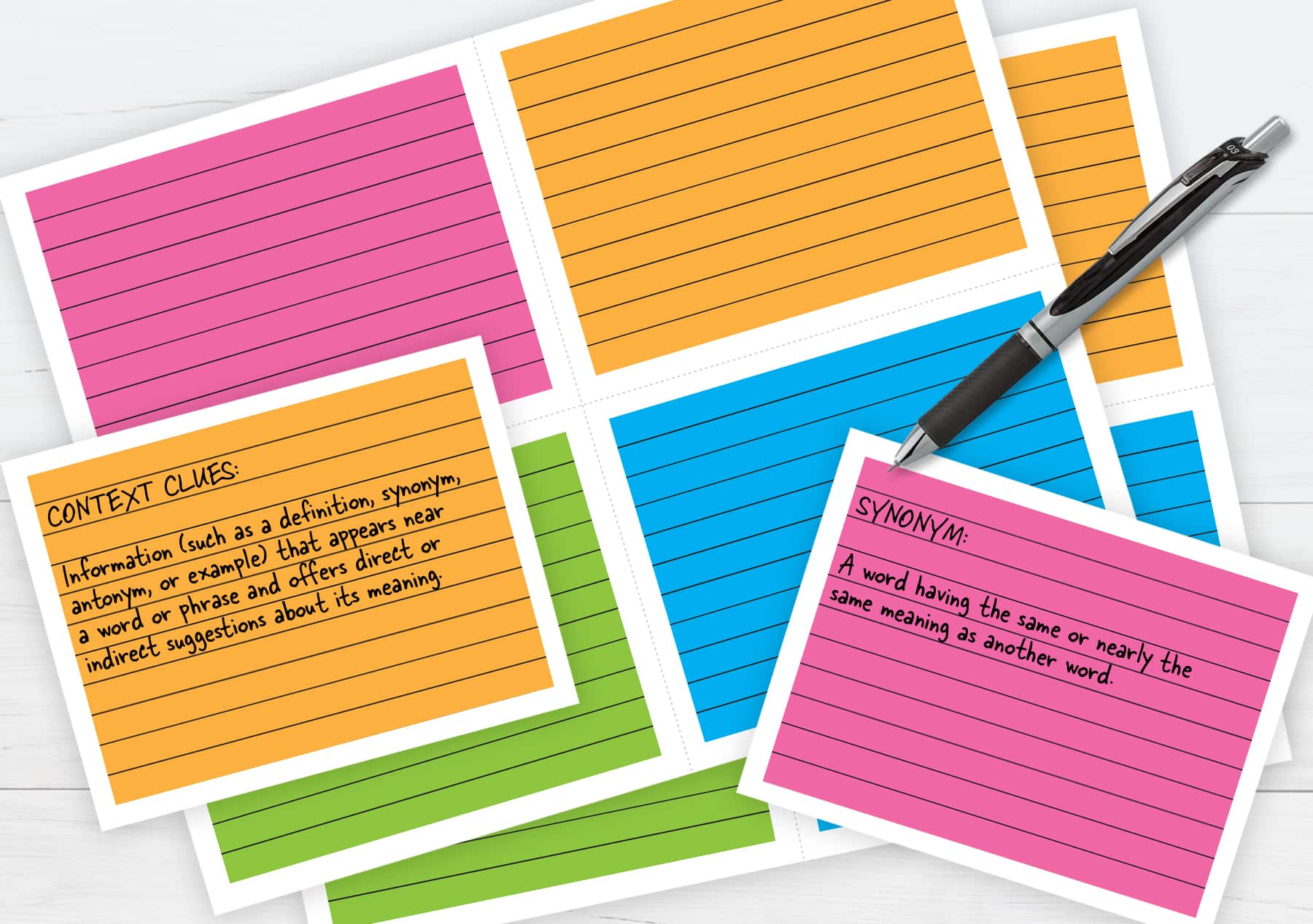A List of Index Cards Games for Memorizating & Reinforcing Content
One of the most effective teaching strategy groups that is simple to implement involves inexpensive index cards. Whether students keep guided notes while they read text or keep a dictionary of new words in an index box, the following strategies offer ways to reinforce the content in an active manner.The basic principle of the index card strategy group is for students to write something down on an index card from their guided notes. Or, they can create a dictionary...
Read More












